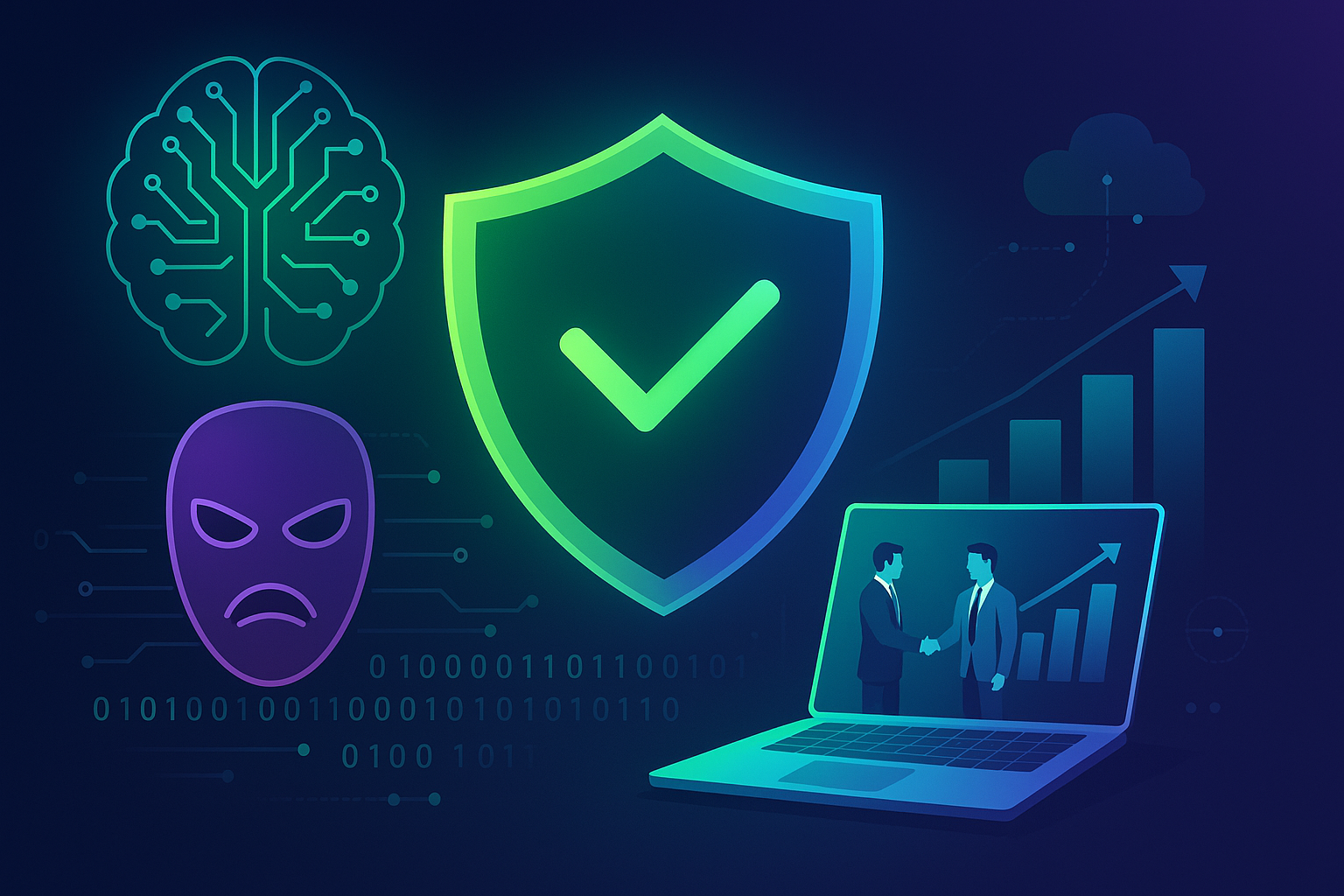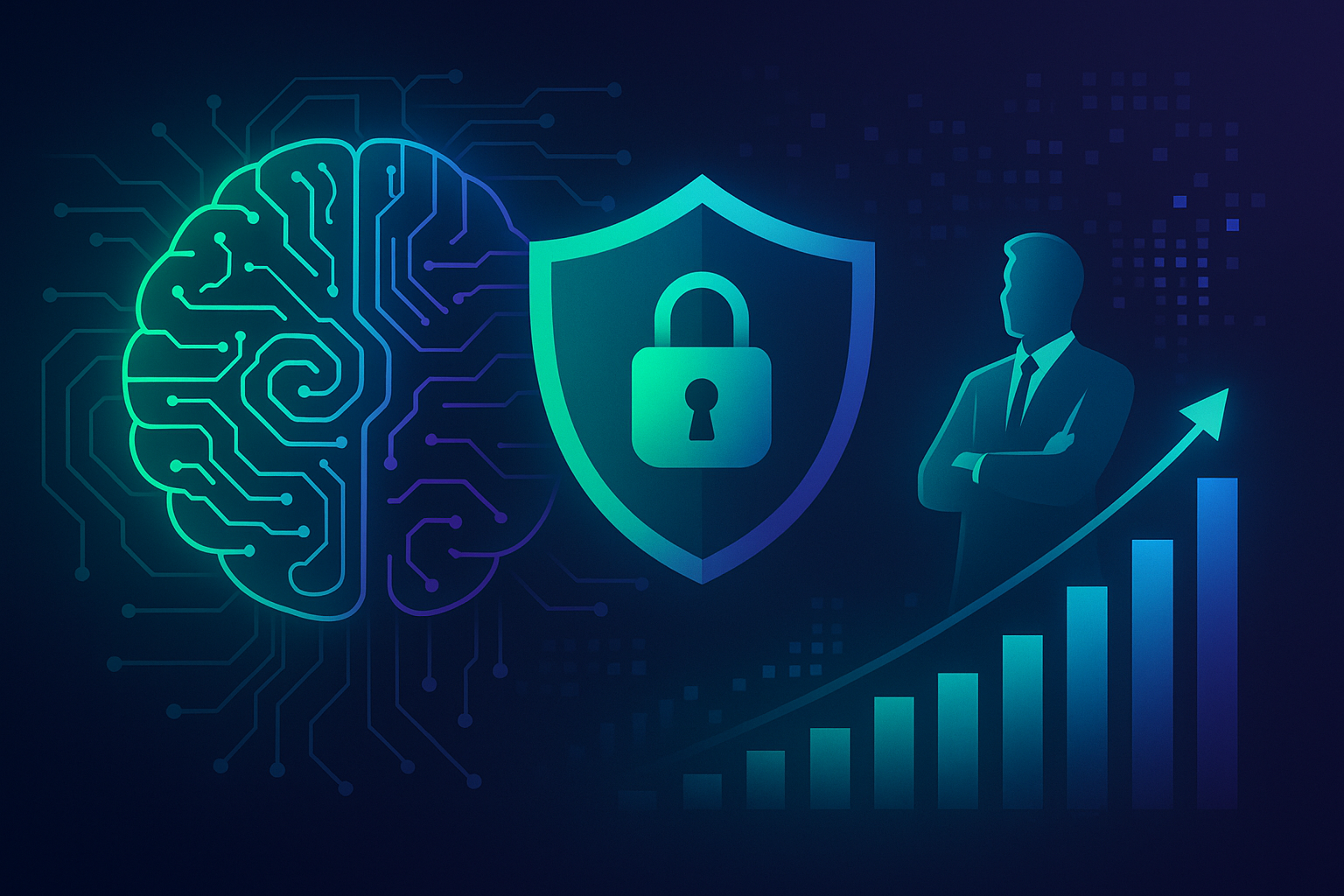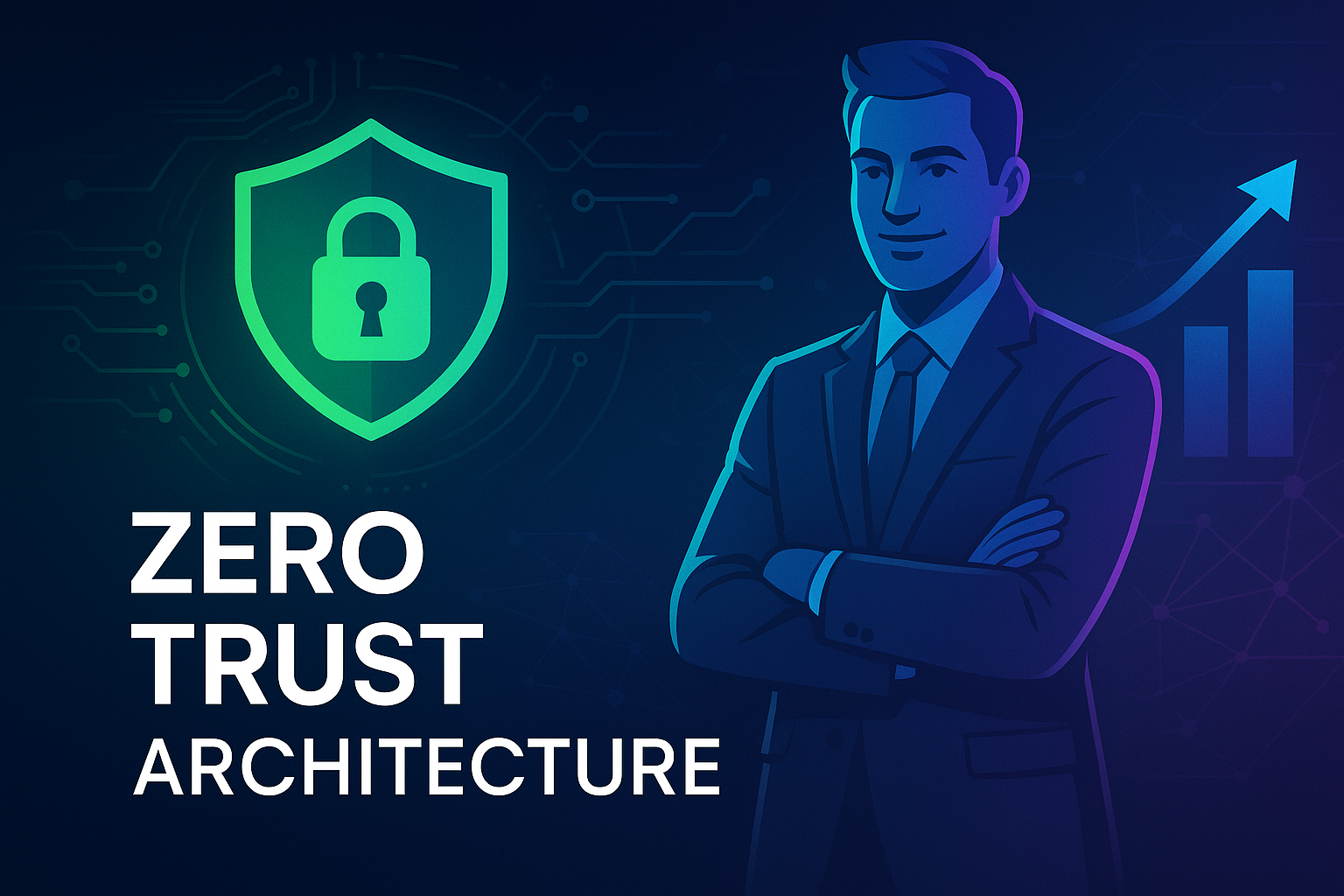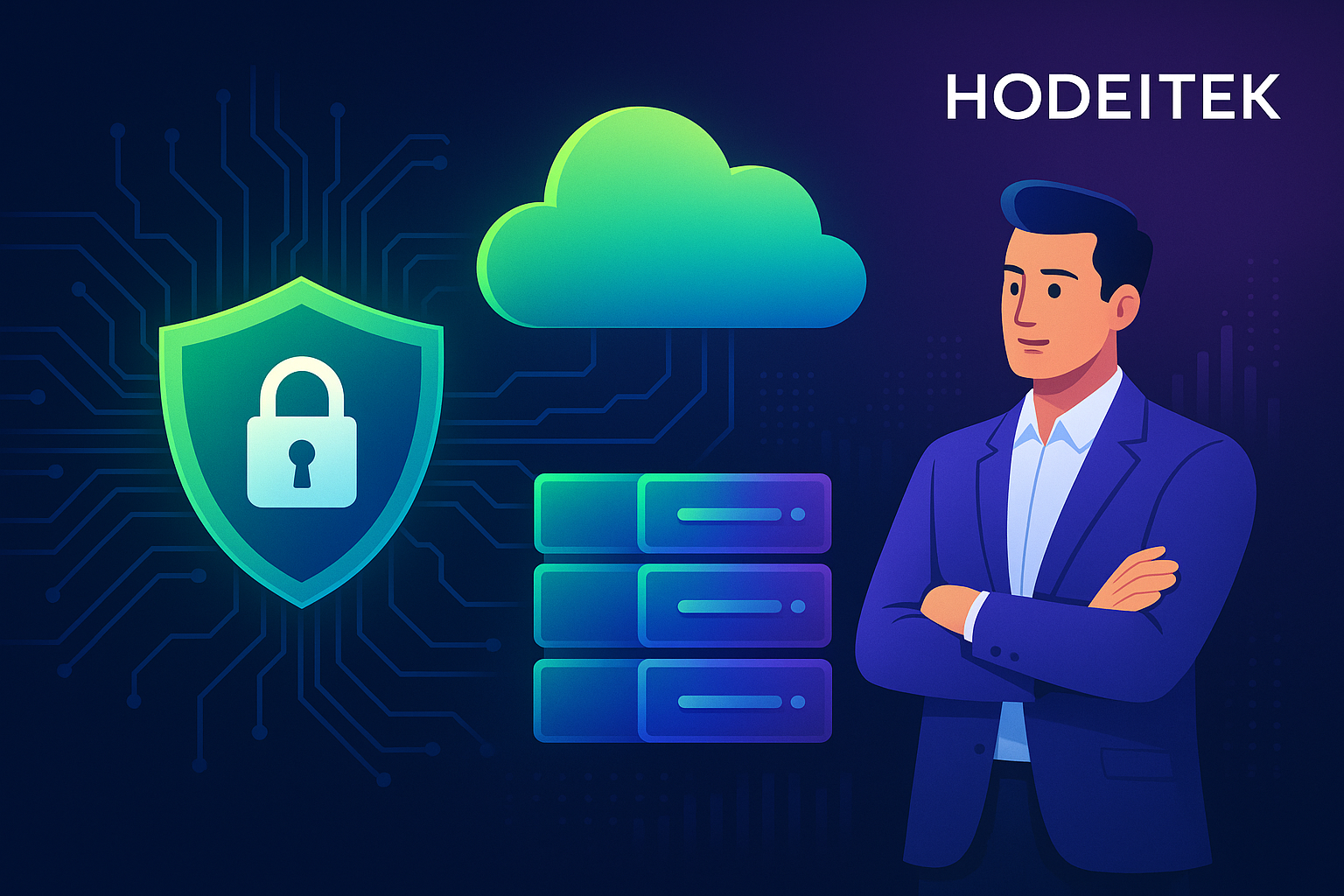Understanding the BOLA Vulnerability Impact on Container Registry Harbor: What Enterprises Should Know
The recent discovery of a Broken Object Level Authorization (BOLA) vulnerability in the container registry Harbor has raised significant concerns among cybersecurity experts and enterprises globally. This article delves into the details of this critical vulnerability, its potential impact, and how businesses can safeguard against such threats. We will also explore related services offered by Hodeitek to enhance organizational security posture.
What is the BOLA Vulnerability?
BOLA vulnerabilities occur when systems fail to verify whether users have the appropriate permissions to access specific objects. This flaw allows unauthorized users to manipulate or access protected data by simply altering request parameters. In the case of Harbor, the vulnerability allowed attackers to gain unauthorized access to the container images, which could lead to severe data breaches and compromise the software supply chain.
Details of the Harbor BOLA Vulnerability
Harbor is a popular open-source container image registry that many enterprises rely on to manage Docker images. The BOLA vulnerability identified in Harbor (CVE-2022-46171) enables unauthorized users to bypass access controls. Malicious actors can exploit this vulnerability to gain access to restricted container images, potentially altering or corrupting them. Moreover, compromised images can propagate within an organization’s infrastructure, leading to broader security issues.
Implications for Enterprises
The exploitation of this BOLA vulnerability can have several dire consequences for enterprises:
- Data Breaches: Unauthorized access to sensitive container images can lead to data exploitation and leaks.
- Supply Chain Attacks: Compromised images can introduce vulnerabilities into production environments, affecting downstream applications and services.
- Reputation Damage: Data breaches and successful attacks can tarnish an organization’s reputation, undermining customer trust.
- Financial Loss: The direct and indirect financial costs associated with data breaches, including fines, recovery expenses, and lost revenue, can be substantial.
Protecting Your Business: Essential Cybersecurity Services
Given the serious implications of such vulnerabilities, it is crucial for enterprises to adopt robust cybersecurity measures. At Hodeitek, we offer a comprehensive range of cybersecurity services designed to protect and enhance your organization’s security posture. Below, we detail some key services that are particularly relevant in mitigating risks like the BOLA vulnerability.
EDR, XDR, and MDR Services
Endpoint Detection and Response (EDR): EDR solutions provide continuous monitoring and response to potential threats at the endpoint level. By leveraging advanced analytics and machine learning, EDR can detect suspicious activities and anomalies that may indicate a breach.
Extended Detection and Response (XDR): XDR extends the capabilities of EDR by integrating data from various security layers, including endpoints, networks, and cloud environments. This holistic approach enhances threat detection and response efficiency.
Managed Detection and Response (MDR): Our MDR services combine state-of-the-art technology with expert human analysis to provide 24/7 threat monitoring, detection, and response. This ensures that advanced threats are swiftly identified and neutralized.
Benefits of EDR, XDR, and MDR
- Enhanced threat detection and response capabilities.
- Improved visibility into network and endpoint activities.
- Reduced time to detect and respond to potential threats.
Next Generation Firewall (NGFW)
Next Generation Firewalls (NGFWs) are an essential part of modern cybersecurity defense strategies. Unlike traditional firewalls, NGFWs go beyond port and protocol inspection to include application-level control, intrusion prevention systems (IPS), and deep packet inspection.
Benefits of NGFW
- Granular visibility and control over network traffic.
- Enhanced protection against application-layer attacks.
- Integrated threat intelligence to proactively counter emerging threats.
Vulnerability Management as a Service (VMaaS)
Given the nature of the BOLA vulnerability, proactive vulnerability management is crucial. Our Vulnerability Management as a Service (VMaaS) provides continuous monitoring, assessment, and remediation of vulnerabilities within your IT infrastructure. This service helps identify weaknesses before they can be exploited by adversaries.
Benefits of VMaaS
- Continuous vulnerability assessment and reporting.
- Prioritization of vulnerabilities based on risk and impact.
- Timely remediation guidance to address discovered weaknesses.
SOC as a Service (SOCaaS) 24×7
Our Security Operations Center as a Service (SOCaaS) offers around-the-clock monitoring, threat detection, and incident response. By leveraging advanced technologies and skilled security analysts, we ensure your organization is protected against evolving threats.
Benefits of SOCaaS
- 24/7 monitoring and incident response.
- Rapid detection and mitigation of security incidents.
- Reduced burden on in-house IT teams, allowing them to focus on strategic initiatives.
Industrial SOC as a Service (SOCaaS) 24×7
For industries with specialized cybersecurity needs, our Industrial SOC as a Service provides customized solutions tailored to the unique challenges of industrial environments. This service integrates OT and IT cybersecurity, ensuring comprehensive protection.
Benefits of Industrial SOCaaS
- Specialized threat detection for OT environments.
- Integrated security monitoring across IT and OT networks.
- Compliance with industry-specific security standards and regulations.
Cyber Threat Intelligence (CTI)
To stay ahead of potential attackers, it is critical to adopt proactive threat intelligence strategies. Our Cyber Threat Intelligence (CTI) service provides actionable insights into emerging threats, helping organizations anticipate and mitigate risks effectively.
Benefits of CTI
- Early identification of emerging cyber threats.
- Contextualized threat information tailored to your environment.
- Enhanced ability to proactively defend against potential attacks.
Data Loss Prevention (DLP)
Data breaches, like those potentially caused by the Harbor BOLA vulnerability, underscore the importance of protecting sensitive information. Our Data Loss Prevention (DLP) services prevent unauthorized data exfiltration and ensure compliance with data protection regulations.
Benefits of DLP
- Protection against unauthorized data transfers and leaks.
- Compliance with regulatory data protection requirements.
- Comprehensive data visibility and control.
Web Application Firewall (WAF)
To protect web applications from various attacks, including those exploiting vulnerabilities similar to BOLA, we offer Web Application Firewall (WAF). WAFs monitor, filter, and block HTTP traffic to and from a web application.
Benefits of WAF
- Defense against SQL injection, cross-site scripting (XSS), and other web attacks.
- Enhanced protection of web applications and APIs.
- Reduced risk of data breaches and security incidents.
Case Studies and Real-World Examples
Examining real-world scenarios can provide valuable insights into the practical application of these services. Here are a few examples:
- Equifax Data Breach: The 2017 Equifax breach, which affected over 147 million consumers, could have been mitigated with proper vulnerability management and proactive threat intelligence.
- Target Cyberattack: In 2013, Target suffered a major breach due to compromised credentials. Robust SOCaaS could have identified the anomaly and prevented the extensive data loss.
- Docker Hub Breach: In 2019, Docker Hub experienced a data breach exposing sensitive information. EDR and NGFW solutions could have helped detect and mitigate the threat early.
Statistics Highlighting the Importance of Robust Cybersecurity
Recent statistics underscore the growing need for comprehensive cybersecurity:
- According to IBM, the average cost of a data breach in 2023 was USD 4.45 million.
- Gartner forecasts that global spending on cybersecurity will exceed USD 188 billion in 2024.
- ENISA reports that supply chain attacks will quadruple by 2025, emphasizing the need for robust container security.
Conclusion
The BOLA vulnerability in Harbor represents just one of many potential cybersecurity threats facing modern enterprises. Addressing these risks requires a multifaceted approach that includes continuous monitoring, proactive threat intelligence, and a suite of integrated security services.
At Hodeitek, we are committed to helping businesses protect their digital assets and maintain robust security postures. Whether you need advanced threat detection and response, vulnerability management, or comprehensive data protection, our suite of cybersecurity services can be tailored to meet your unique needs.
Contact us today to learn more about how we can help secure your organization’s future.
Your digital security is our priority.






